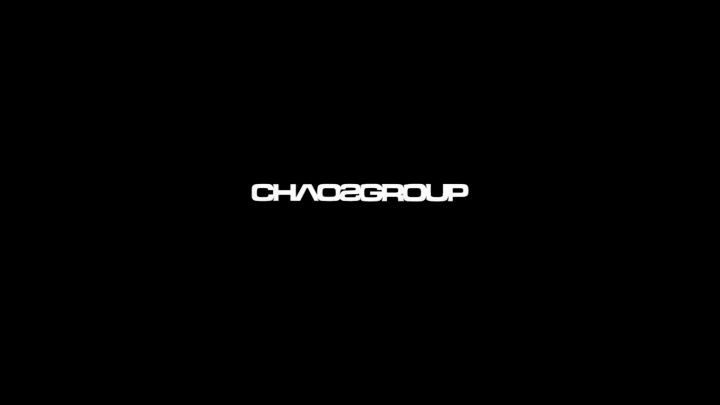



Interactive and Production Rendering with V-Ray GPU Blagovest Taskov, Lead developer, V-Ray GPU
Faster updates MDL Additive Blend Particles Irradiance Map Material Lower CPU memory usage Better Light Cache Aerial perspective Denoiser Render time lens VFB Focus Picking effects Faster startup HDRI Ground Adaptive lights Projection Matte shadows MDL Rect light directionality Atmospheric render NVLINK element Gradient texture Composite Map PART OF THE FEATURES IN V-Ray GPU 3.5 Layer transparency Render time Disc light resolution change Lower texture memory usage directionality Clipper Cleaner Maya On-demand mip-maps Forest Color materials VFB Object Picking Physical camera distortion Procedural bump maps Less host memory usage
V-Ray GPU automated render engine pick There is just V-Ray and V-Ray GPU • V-Ray GPU will automatically use CUDA for NVIDIA GPUs • Both can work in Production or IPR • Results between Production and IPR always match • There is no Active Shade, nor V-Ray RT • Single set of settings for Production and IPR • Ufuk Pamuk | CG Artist
V-Ray GPU dedicated UI New simple and easy to use V-Ray GPU UI • Pick noise level and hit “render”. V-Ray GPU will do everything else. • Sampling settings are for render engines, not for artists. • V-Ray GPU will be faster, because it can pick optimal sampling • settings for different rays. Everything that can be seen in the UI works and is supported in V-Ray • GPU. New public API to query V-Ray GPU features from V-Ray. • Ufuk Pamuk | CG Artist
GI in Light Select with Light Cache Change light intensity and color in post (VFB2, Nuke, PS, etc) Moxels
VFB2
Switching camera from manual to automatic RENDER WITH AUTOMATIC RENDER OVEREXPOSED BY 1 OVEREXPOSED IMAGE WITH EXPOSURE ENABLED: 4 MINS 4 STOPS: 6 MINS 7 SECS EXPOSURE LOWERED BY ONE SECS STOP IN POST.
Adaptive dome light • No more light portals • No need to adjust light samples • More accurate rendering • No user controls. V-Ray does it all. • Up to 2x faster rendering Moxels
Better sampling of area lights Andre Matos
New Rendering Architecture • Designed with for the future GPU architectures in mind. • Up to two times faster than 3.6 today • More improvements in the future • Technical details on the “ Total Chaos ” conference in May Andre Matos
Better displacement (auto bump) >3 times faster startup time • Much better quality with low-quality settings and less memory • V-Ray GPU 3.6 | 157 MB V-Ray GPU Next | 11 MB
Fausto De Martini
Bercon noise
Edges tex
VRscans Dmitry Ten
Moxels
New hair shader Based on the paper ”A practical and controllable hair and fur model for production path tracing” Ian Spriggs
Environment Fog Dabarti
Volumetrics
NVIDIA OptiX AI denoiser
V-Ray denoiser for render elements
Automated online driver version check Dabarti
V-Ray for Unreal
Later this year • Bucket rendering • Deep images & Cryptomatte • Faster sampling of homogenous volumes
Ease of use Speed Features Dedicated UI • Adaptive dome light Volumetrics and env • • fog No light/material • Better sampling of area • sampling settings lights VRScans • Auto Exposure • New rendering Glossy Fresnel • • architecture Auto White Balance • New hair shader • Faster displacement • No Light Portals • Bercon noise & edges • updates tex GI in Light Select • VFB2 •
chaosgroup.com blagovest.taskov@chaosgroup.com facebook.com/groups/VRayRT
Recommend
More recommend